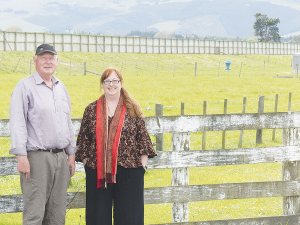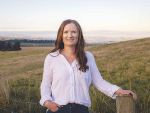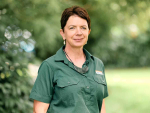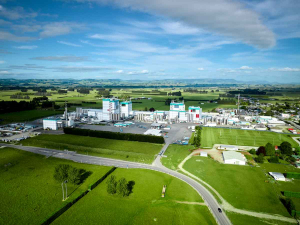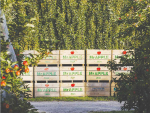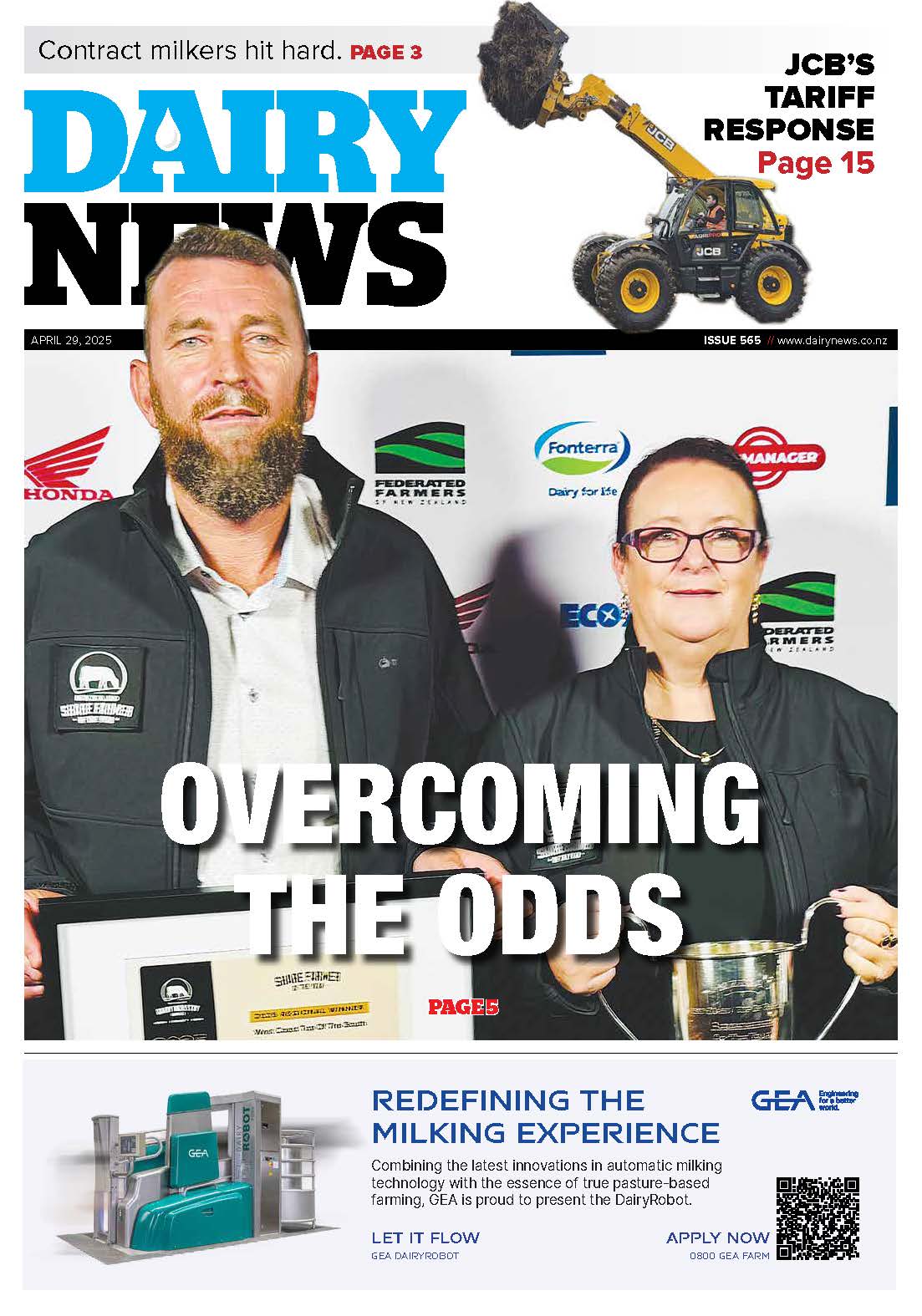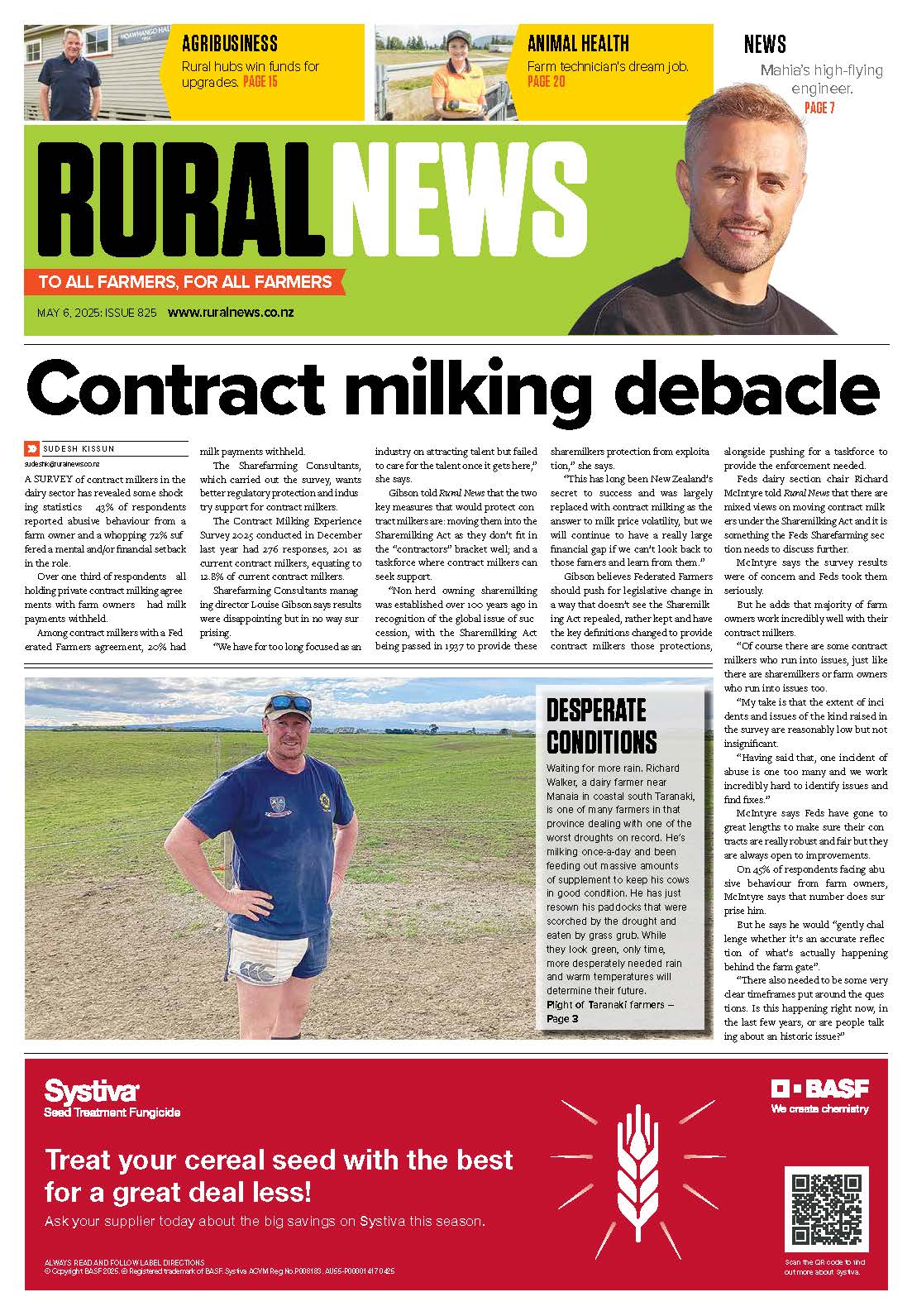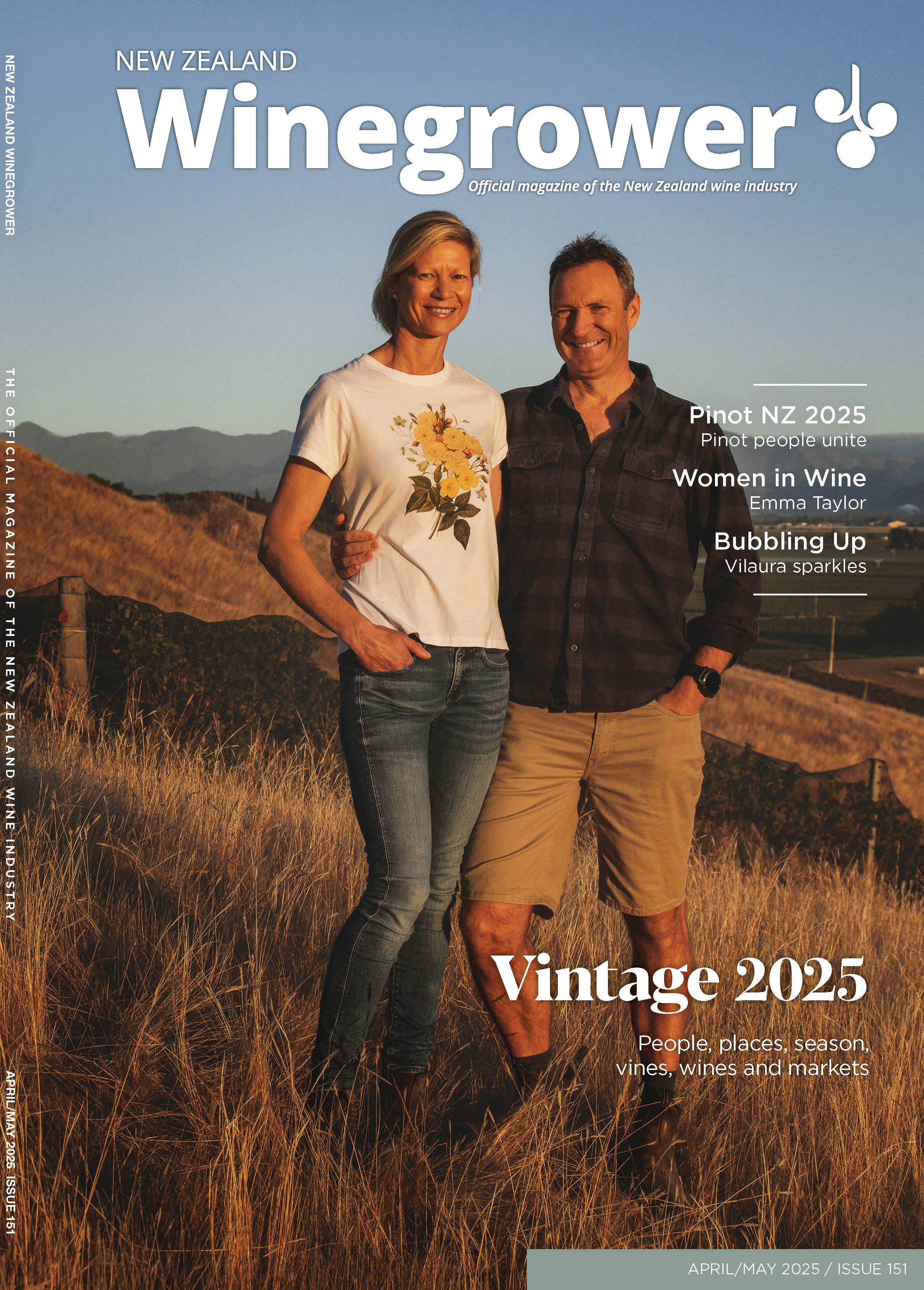The group, Lincoln Voice, is trying to prevent a large residential subdivision on the southern boundary of the town, which they say would irreversibly destroy 190ha of scarce and highly valued agricultural soil.
While the town is already growing, with several new subdivisions already in place or under development on its outskirts, the "Lincoln South" development by the prominent Christchurch developers is by far the largest, practically doubling the size of the town. It would convert what is now a dairy farm to as many as 1,710 new residential sections over 10 to 20 years.
Lincoln Voice spokespeople Denise Carrick and Rod McMillan say it is a scenario repeated throughout New Zealand, with councils approving private plan changes for housing development on highly productive soils "at an unprecedented rate." The long delayed National Policy Statement - Highly Productive Land (NPS-HPL), which aims to protect such land from development, was recently released. However, the group says a number of plan changes were approved immediately prior to its release.
That includes the Selwyn District Council's Plan Change 69 (PC69), applied for by the Carter Group to allow for the Lincoln South project, and granted on June 8 this year. Carrick says the NPS-HPL should already have been in place.
"It should have been in place of years ago, and then it got delayed and delayed again."
Lincoln Voice has now lodged an appeal with the Environment Court to try to overturn PC69 in what it hopes will be a test case for all New Zealand.
"It is the view of our experts that the NPS-HPL applies to the PC69 site now, affording the land the policy statement's immediate protections," she told Hort News. "If we are successful in our appeal it will pave the way for protecting other areas around the country."
Carrick says that only 15% of New Zealand's most highly productive land remains available for agriculture and horticulture because most has already been built on.
She says the land earmarked for the Lincoln development is among the best for agriculture, being classed as 1 to 3 on the national eight-point Land Use Capability Index - which places it among the land specifically covered by the NPS-HPL.
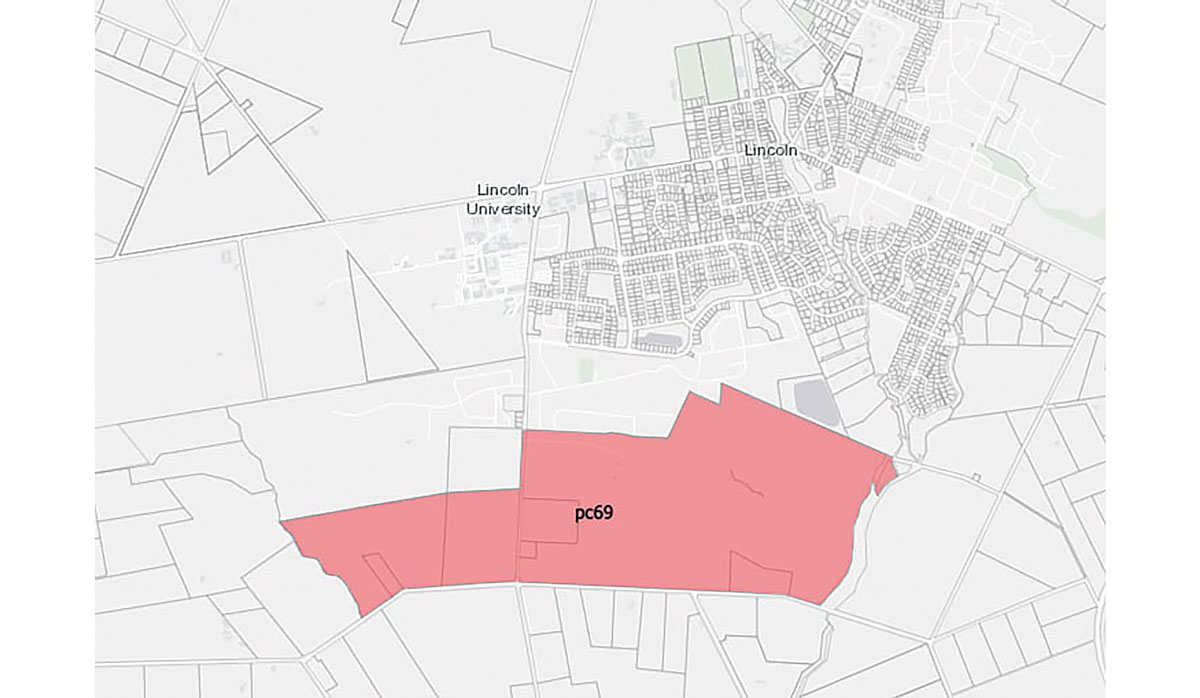 |
|---|
|
Map of proposed Lincoln South subdivision. SOURCE: Selwyn District Council. |
Dairy sheep farmer McMillan, who calls himself "the defender of soils," says the loss of agricultural land to housing is "death by a thousand cuts."
"The country loses strategic advantage because New Zealand's advantage is in innovation on the back of the primary sector," he told Hort News. "It might not be, in 50 or 100 years' time - but at the moment it is, and if you're looking to buy another car or get your electric upgrade you will need that sort of foreign exchange earnings."
The Environment Defence Society has joined the appeal, which is expected to be heard next year. Carrick says it will be a complex case but she believes the group has a lot of support.
"We have raised a lot of money, but just in terms of paying for lawyers at $5,000 an hour, we need to raise a lot more money."
The Carter Group did not respond to an invitation to comment but in an FAQ section of the Lincoln South website the group comments that: "The quantum of versatile soil that will be lost is not considered to be significant in the context of the wider Lincoln area, or in terms of the district generally."




